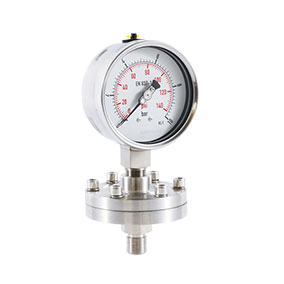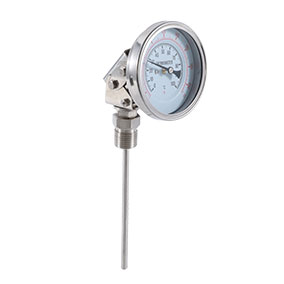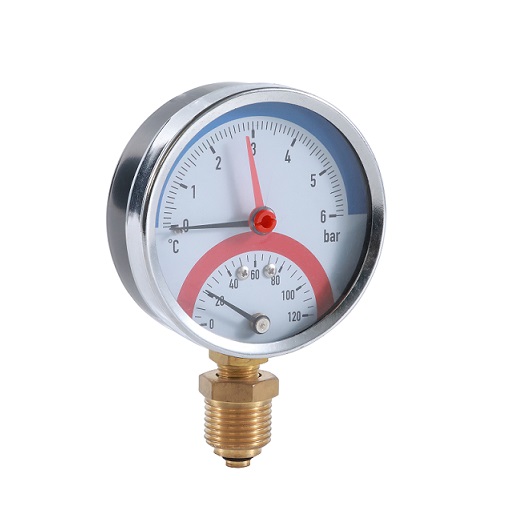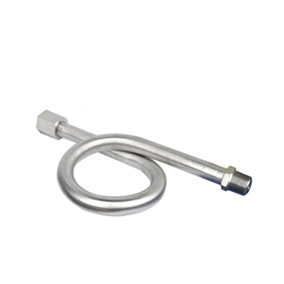What is the difference between a capillary thermometer and an ordinary thermometer?
As a common tool in daily life and scientific experiments, thermometers are widely used in various fields. Common thermometers mainly include capillary thermometers and ordinary thermometers, which differ in structure, usage occasions and accuracy. This article will explore the main differences between them to help readers better understand the characteristics and applicable occasions of each thermometer, so as to make appropriate choices.
First of all, the structural principles of capillary thermometers and ordinary thermometers are different. The core principle of capillary thermometers is to use the property that liquid expands or contracts in the capillary tube as the temperature changes. When the temperature rises, the liquid in the thermometer (usually mercury or organic liquid) moves up along the capillary tube and displays the corresponding temperature value. Ordinary thermometers, especially liquid thermometers, usually use similar principles, but their design is relatively simple, often with only one liquid column, while capillary thermometers are more precise in pipe design, the capillary tube is slender, the liquid can move accurately in a smaller space, and the measurement accuracy is higher.
Secondly, the difference in usage occasions also makes capillary thermometers have advantages in certain specific fields. Due to its special structure, the capillary thermometer is usually better adapted to high temperature measurement, especially in industry, scientific research and some special application fields. It can work stably in a higher temperature range and has high accuracy. Ordinary thermometers are mostly used in daily life, such as indoor temperature measurement, cooking temperature control, etc., mainly with simple reading and low cost as the main advantages.
In addition, the accuracy of stainless steel capillary thermometers and ordinary thermometers is also different. Because the capillary thermometer uses a thinner capillary, its liquid expansion process is very delicate, so it can provide more accurate temperature measurement results, especially in occasions where high-precision measurement is required, such as chemical experiments, physical experiments, etc. In contrast, the accuracy of ordinary thermometers may be subject to some limitations, especially in low or high temperature ranges, the accuracy is relatively low.
Furthermore, the service life and stability of capillary thermometers are usually longer. Because its structural design is more complex and the materials used in the manufacturing process are usually high-quality, the capillary thermometer can maintain high stability and accuracy for a long time. Although ordinary thermometers are more convenient in daily use, they are greatly affected by factors such as ambient temperature and humidity, and are prone to errors.
By comparing the differences between industrial capillary thermometers and ordinary thermometers, we can see their respective advantages and applicable scopes. Capillary thermometers are suitable for industrial and scientific research fields due to their high precision and ability to adapt to high temperature environments, while ordinary thermometers are more suitable for simple measurements in daily life. According to actual needs, choosing a suitable thermometer can ensure the accuracy and reliability of the measurement results.




